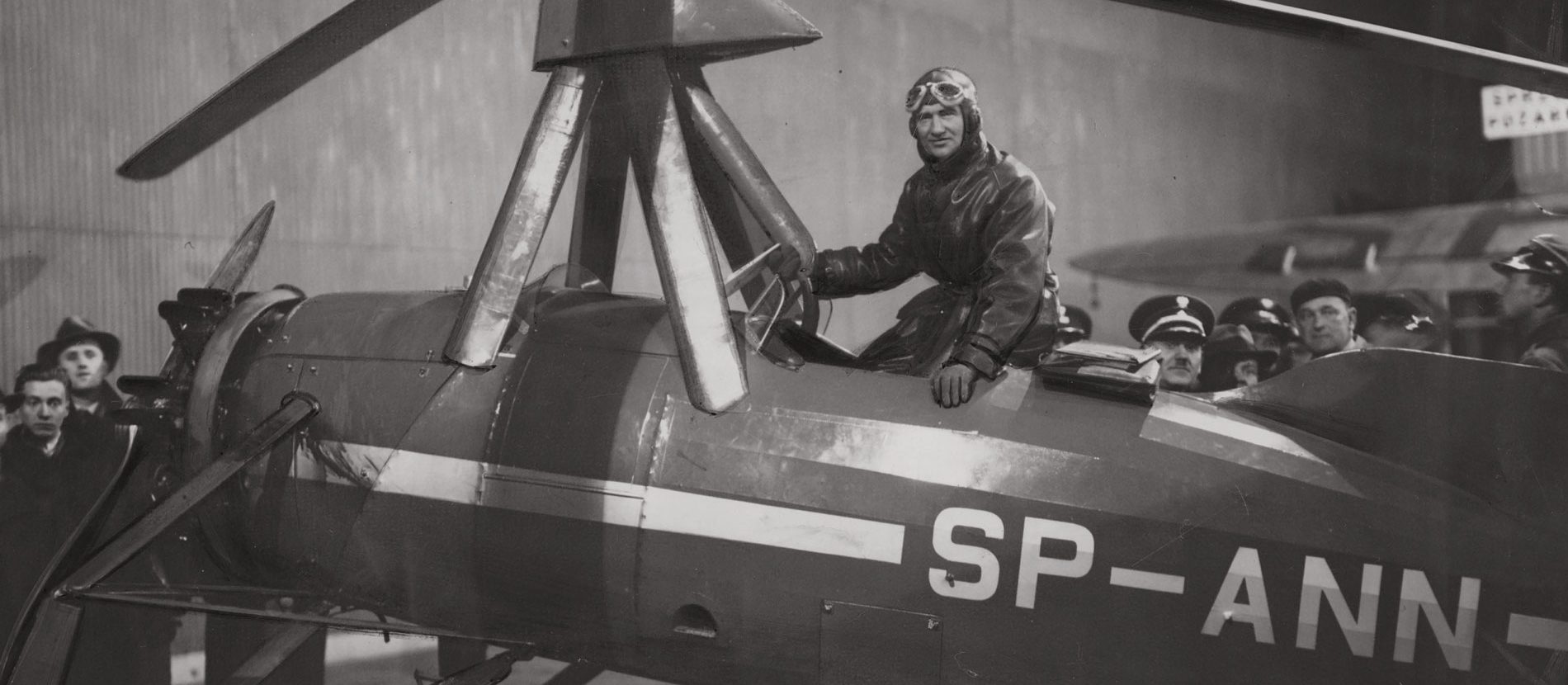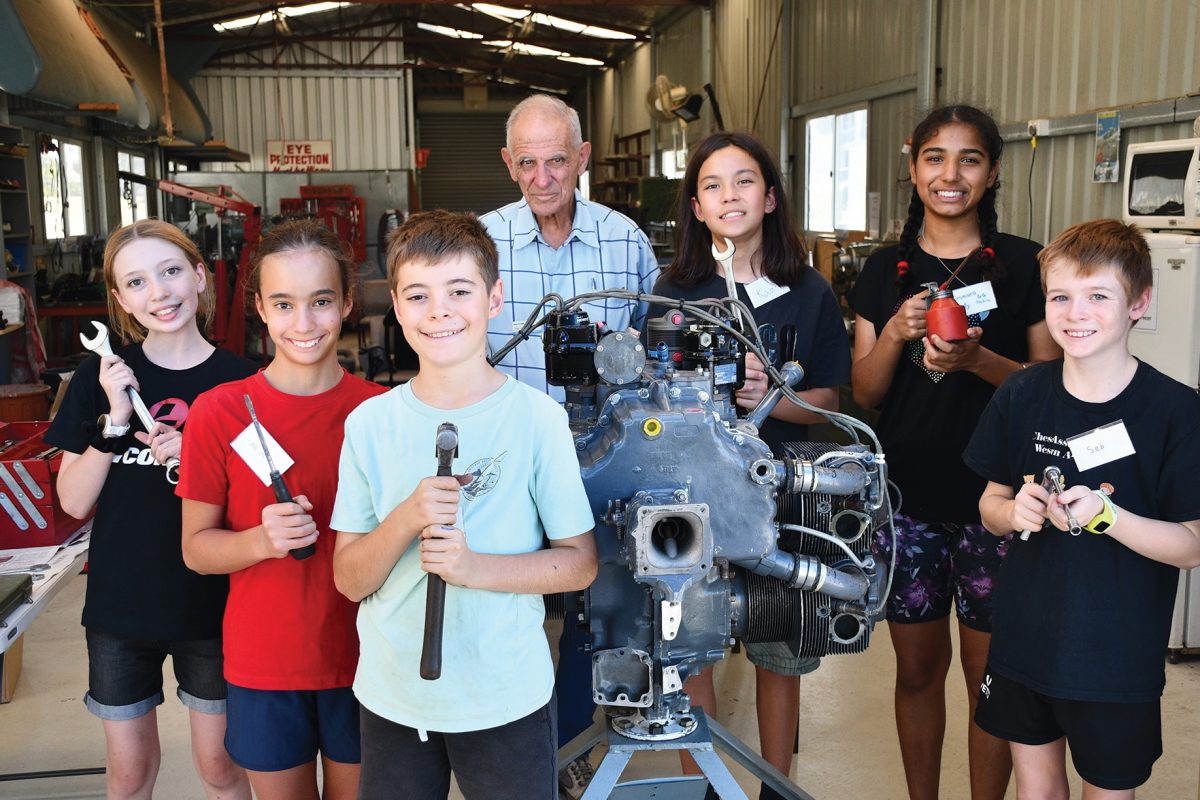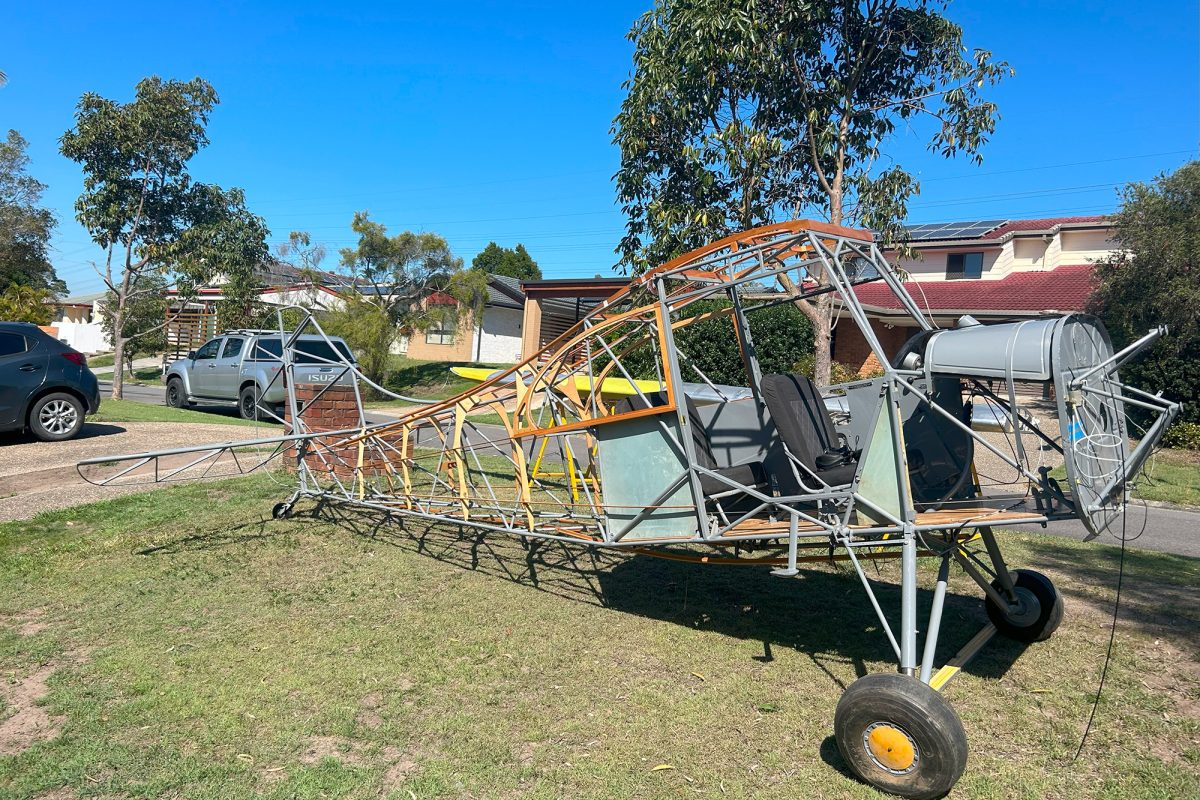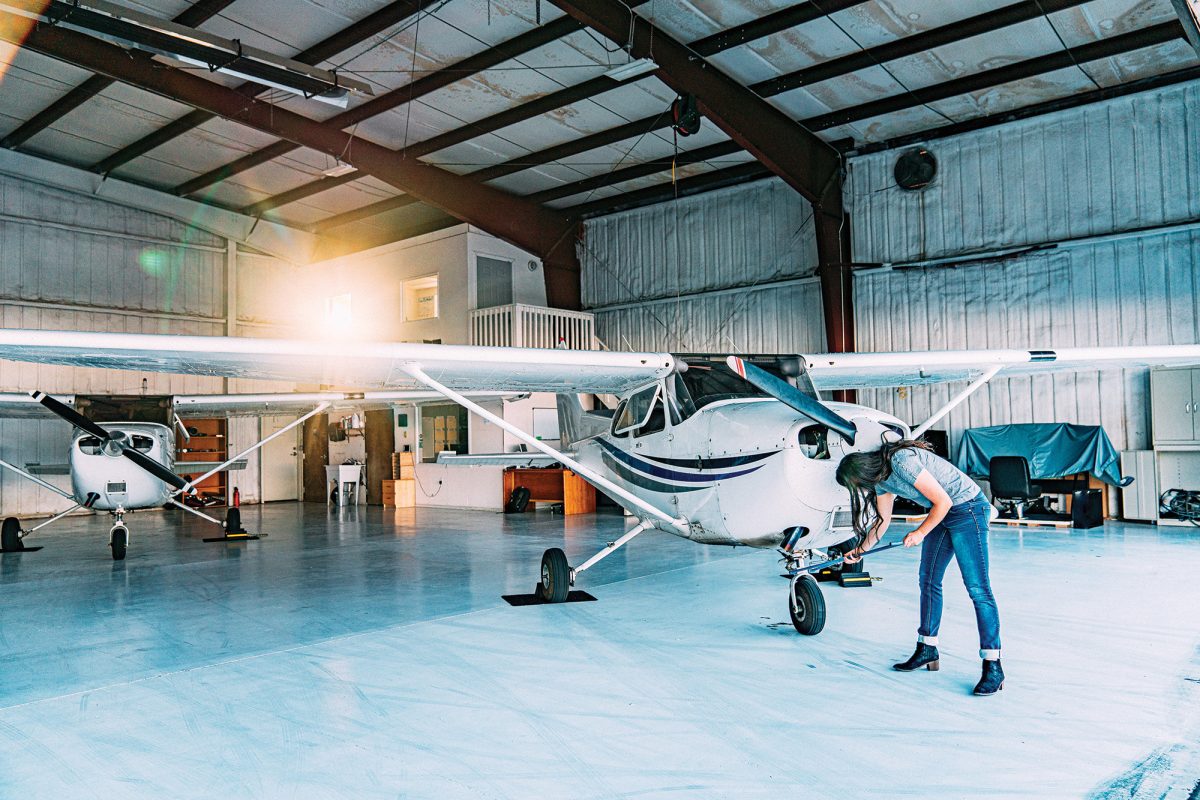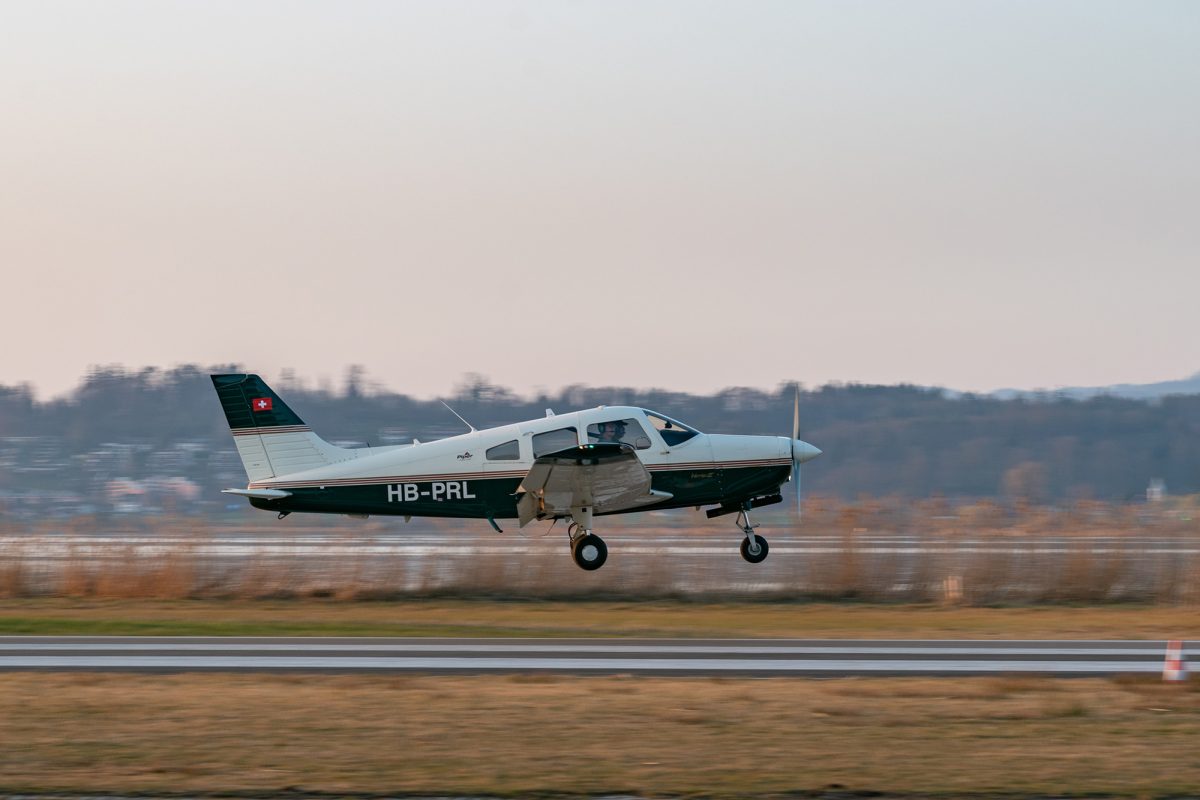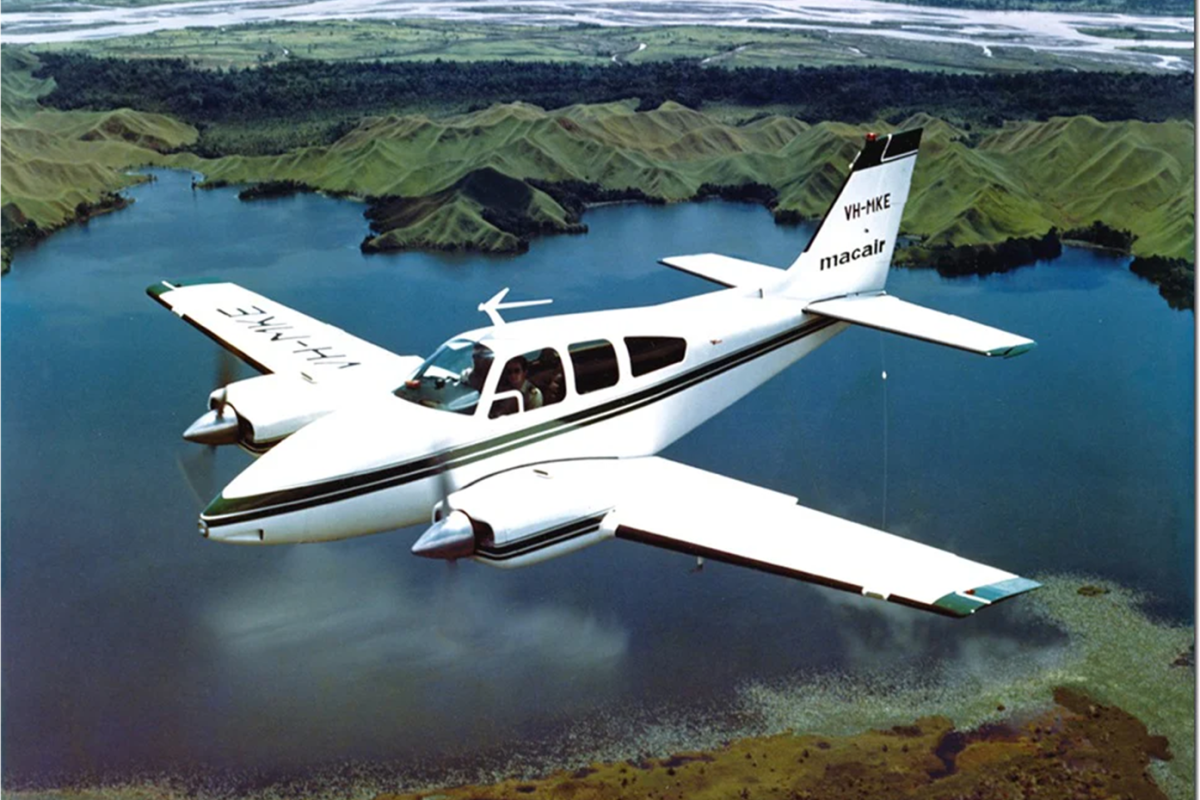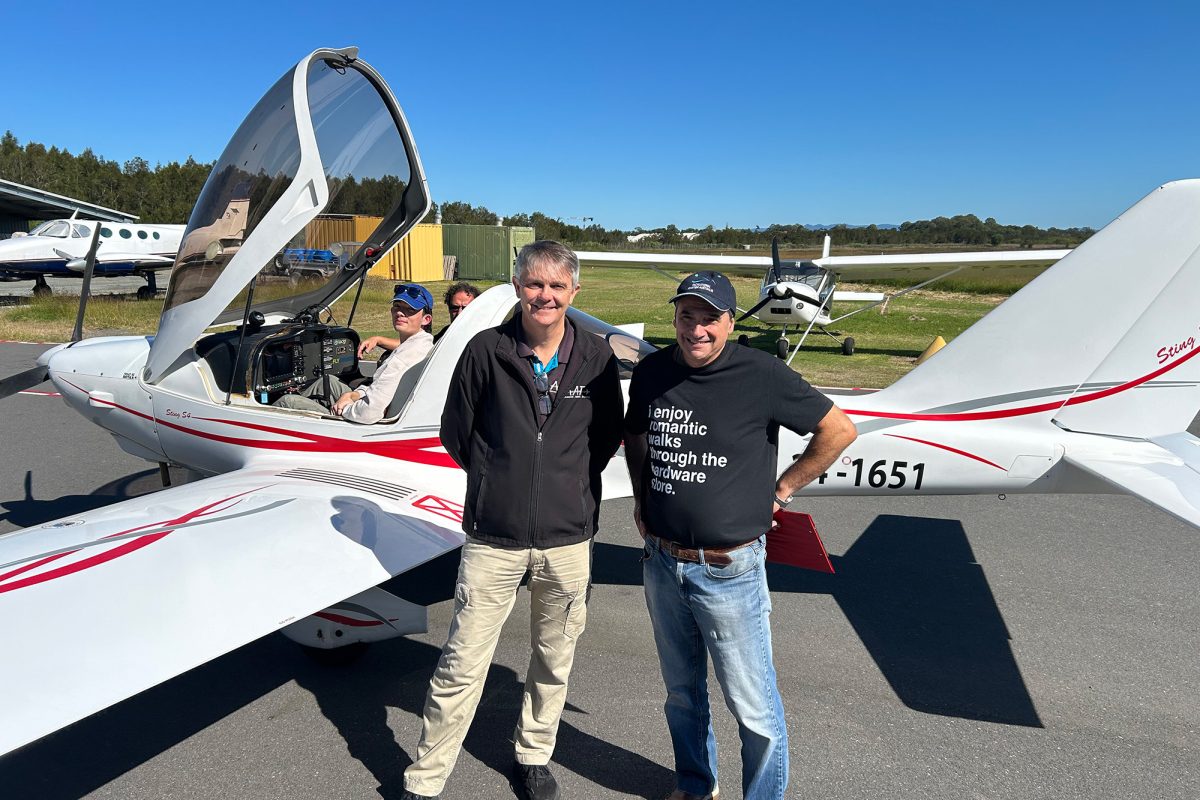CELEBRATING THE 100TH BIRTHDAY OF AVIATION’S MISUNDERSTOOD MACHINES
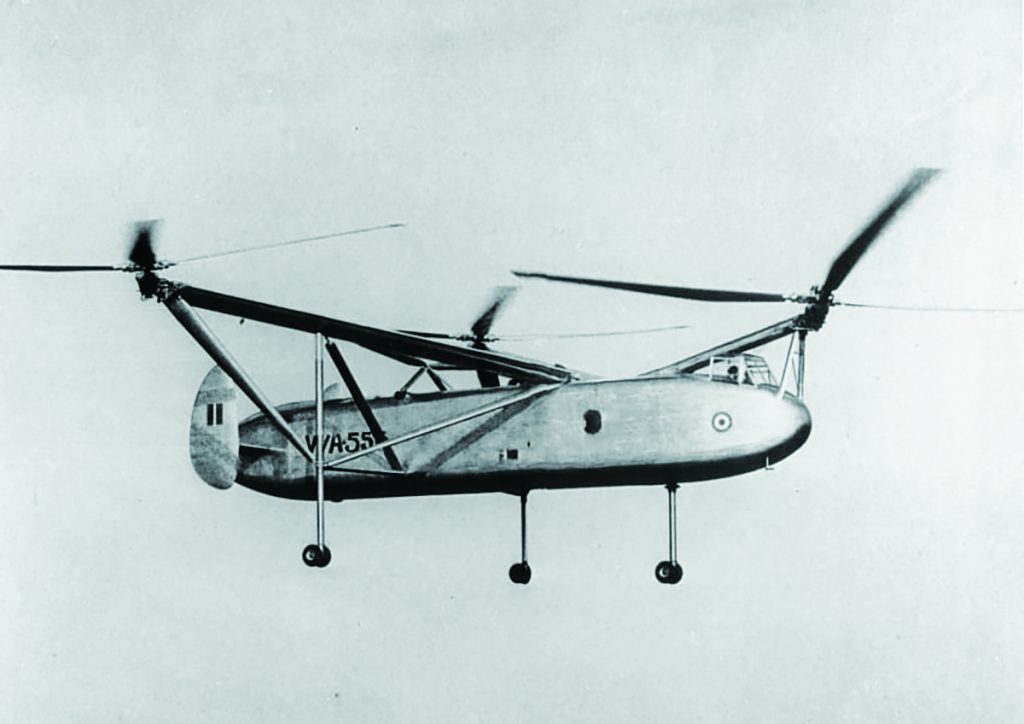
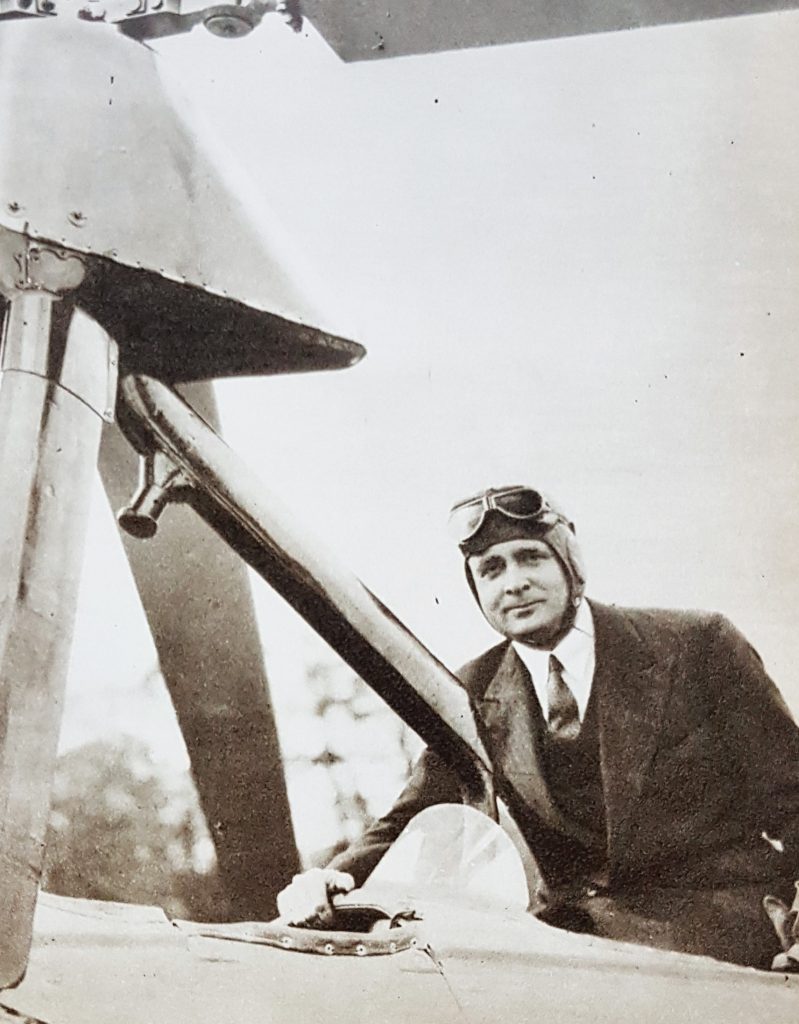
I think it’s fair to say that innovation doesn’t always travel in a straight line, which is arguably what makes it so exciting. When I first saw that this year was the centenary of the gyrocopter (aka autogyro), it prompted me to do a deep dive into the early history, and a few lessons that were learnt along the way.
The origins of the gyrocopter can be traced back to the early 20th century, a period when aviation pioneers sought innovative means to conquer the skies. In 1923, Spanish engineer Juan de la Cierva achieved a milestone by introducing the world’s first autogyro, the C.1, revolutionizing rotorcraft design. The significant engineering advancement lay in the incorporation of a hinge mechanism within the rotor structure, granting autonomy to the rotor blades. This distinctive feature set Cierva’s gyrocopter apart from earlier endeavours in rotary-wing aircraft, proving to be a pivotal innovation that greatly enhanced the stability and control of gyrocopters. The hinge mechanism facilitated automatic adjustments, allowing the rotor to adapt to changes in airflow, thereby promoting safer and more efficient flight.
Juan’s original idea underwent continuous refinement and prototyping, eventually culminating in the creation of the Cierva C.30 by 1933. This marked a significant milestone as it emerged as the inaugural mass-produced gyrocopter, with a total of 148 aircraft eventually manufactured. The gyrocopter’s niche in the aviation domain remained somewhat ambiguous, yet it achieved modest success in mail delivery and air ambulance applications. The autogyro’s unique capability to operate in confined spaces for take-off and landing, coupled with its relatively slow and stable flight characteristics, rendered it well-suited for medical evacuation purposes. Especially when you consider that the only other air transport at the time were relatively heavy planes requiring significant runways.
In the 1930s, a surge in innovation was underway, fuelled in part by Cierva’s influential designs, inspiring numerous pioneers to explore similar groundbreaking innovations. Among them was Igor Sikorsky, who introduced his visionary design, the VS-300 helicopter, taking to the skies in September 1939 and marking a pivotal moment in aviation history as the first successful helicopter flight. This transformative development in flight would likely have faced significant delays had it not been for Cierva’s progress with the gyrocopter and the introduction of “direct control”, enabling pilots to directly manipulate the rotor system for adjustments in pitch, roll, and yaw. Unfortunately for Cierva, he never got to witness the fruition of his pioneering efforts. Tragically, he passed away in 1936 due to a plane crash in a DC-2 that entered fog, shortly after take-off near Croydon, south of London.
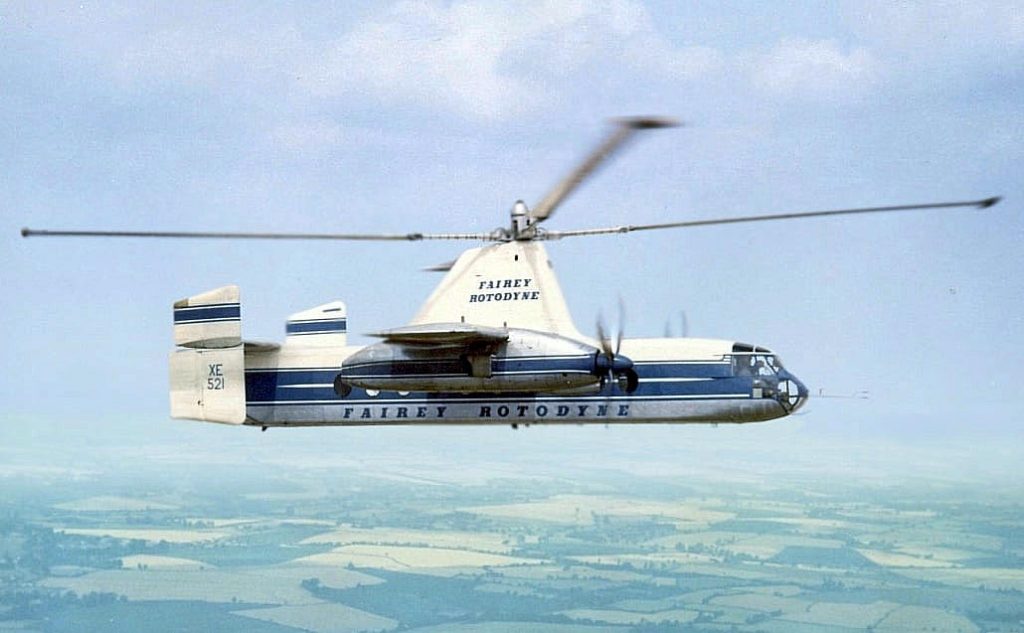
Following Cierva’s death, his company merged with G & J Weir Ltd, persisting in the development of both the gyrocopter and helicopter. Sadly, substantial investment in further advancements ceased in 1950 after the crash of their W.11 “Air Horse”, a three-rotor helicopter powered by a single Rolls Royce Merlin engine, killing both pilots and the flight engineer.
Despite Cierva’s unfortunate demise and the subsequent restructuring of his company, the legacy of his groundbreaking ideas endured, capturing the
imaginations of many. Dr. Edward “Teddy” Petter, the chief designer at Fairey Aviation, stood as a testament to this spirit. Entrusted with the task of designing the Rotodyne, he embarked on a venture that pushed the boundaries of what was considered possible in aviation. The Rotodyne, classified as a ‘compound gyroplane’, fused elements of helicopters and fixed wing aircraft. Envisioned as a vertical take-off and landing (VTOL) aircraft capable of high-speed forward flight, it aimed to revolutionise short to medium-range passenger and freight transport. Marketed as a groundbreaking innovation, it promised the agility of a helicopter for vertical landings and the expansive
capacity of an airplane. However, as events unfolded, the Rotodyne was never able to fully realise these ambitious expectations.
To achieve vertical landings, an innovation known as ‘tip jets’ was introduced, involving small jets affixed to the rotor blade tips. These jets ignited jet fuel and compressed air, providing additional downward thrust during takeoff and landing. In normal forward flight, these jets could be deactivated, allowing the rotor to function freely, akin to a standard gyrocopter.
Remarkably, this concept transcended the realm of theoretical ideas. Fairey Aviation turned this innovation into reality, constructing a prototype aircraft capable of carrying 40 passengers at approximately 160 knots over 370 nautical miles. The aircraft successfully completed 350 flights, attracting attention, including that of numerous UK Parliamentarians who sought to showcase the country’s technological prowess. This keen interest from members of the government in aviation advancements echoes a similar memorable image of pilot James G. Ray, who landed a gyrocopter on the White House Lawn to meet then-President Herbert Hoover, who awarded him the Collier Trophy.
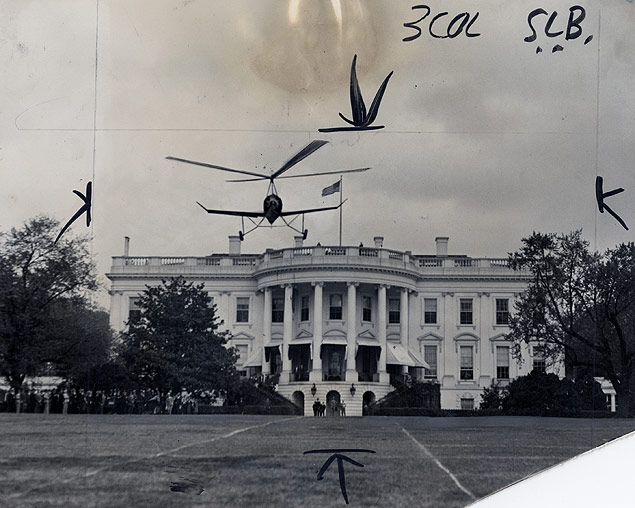
The Rotodyne, despite its remarkable accomplishments, faced formidable obstacles that hindered its path to commercial success. The high operational costs associated with its innovative design, particularly the incorporation of tip jets, presented a significant economic challenge. The ear-piercing noise emitted by the tip jets, reaching 96 decibels, not only raised concerns for public acceptance but also posed a practical hurdle, limiting its viability in urban and densely populated areas. Financial strains
and changing dynamics in the aviation industry further complicated Rotodyne’s fate. Mergers became a strategic necessity for many aircraft companies reliant on government funding, and Fairey Aviation found itself absorbed by Westland Aircraft. This restructuring had implications for ongoing projects, and the Rotodyne,
caught in the midst of these corporate changes, faced uncertainties about its future development and funding.
Moreover, the 1960s witnessed substantial progress in helicopter technology and the broader commercial aviation sector. These advancements not only increased the competition but also highlighted alternative and more efficient modes of VTOL aircraft. The evolving landscape of aviation technology created a challenging environment for the Rotodyne, ultimately contributing to the project’s cancellation in 1962.
In retrospect, the Rotodyne serves as a testament to the intricate interplay of technological innovation, economic considerations, and market dynamics in shaping the destiny of ambitious aviation endeavours.
While the Rotodyne garnered considerable attention, quieter but equally impactful strides were being taken by an American aeronautical engineer named Igor Bensen. He conceptualised the Bensen B-8 series, a design that played a pivotal role in popularizing gyrocopters for personal and recreational use. The B-8 series, available as a kit, empowered hobbyists to purchase, assemble, and customize their gyrocopters, democratizing access to this form of aerial pursuit.
Advancements in gyrocopter design have seen subtle refinements since Igor Bensen’s groundbreaking B-8 series. Contemporary gyrocopters commonly incorporate lightweight and durable composites, enhancing both performance and durability. The evolution also embraces a spectrum of experiences, from the elemental joy of
flying with the wind in your face to more modern preferences for enclosed cockpits, offering enhanced comfort and protection. While the B-8 series opened the door for gyrocopter enthusiasts, the contemporary landscape includes diverse designs catering to various preferences and needs. Some models prioritise agility and open-air sensations, providing a nostalgic nod to the roots of gyrocopter flight. Others emphasise sophisticated features and advanced technologies, appealing to a new
generation of aviation enthusiasts seeking a blend of tradition and modernity.
When assessing the commercial standing of gyrocopters, it’s important to acknowledge their distinct appeal. Among private pilots, many hold a deep affinity for gyrocopters, choosing them as their preferred aircraft. It is also worth pointing out that gyrocopters have secured niche roles, particularly in aerial mustering, where they compete favourably with helicopters in terms of operating costs while fulfilling similar functions.
The past 100 years of gyrocopter history is such a good example of the strange journey that innovation will take. Juan de la Cierva, while not initially aiming to invent the helicopter, significantly contributed to its foundational concepts. Today, we stand at the brink of a similar transformative era, especially with the integration of electric technology into aviation, evoking a sense of futuristic ideas reminiscent of the visionary thinking in the 1950s and 1960s.
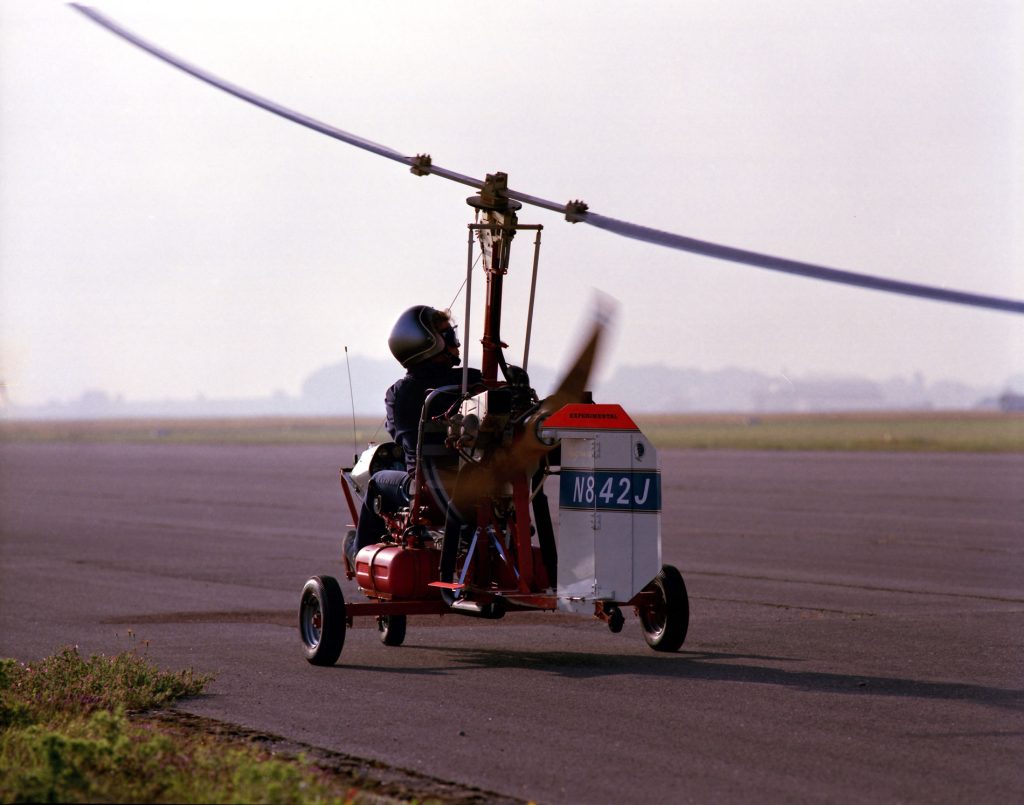
At the annual pilgrimage to Oshkosh, you’d usually expect to see similar things; some old historic warbirds, a few new plane designs announced from the major manufacturers and maybe a few provocative ideas from the experimental category. But in recent years that is just not the case. The word eVTOL gets thrown around, but sometimes ‘flying machine’ seems more fitting; each with radically different takes on how electric design will work and fit into aviation.
I’m not sure what the path is for the next 100 years. Who knows, maybe it will be just like my 5-year-old dream and we’ll all go to work in flying cars like the Jetsons. All I know is that as long as we are able to remember some of the lessons of our past, I will be excited to follow along and watch innovation play out.
